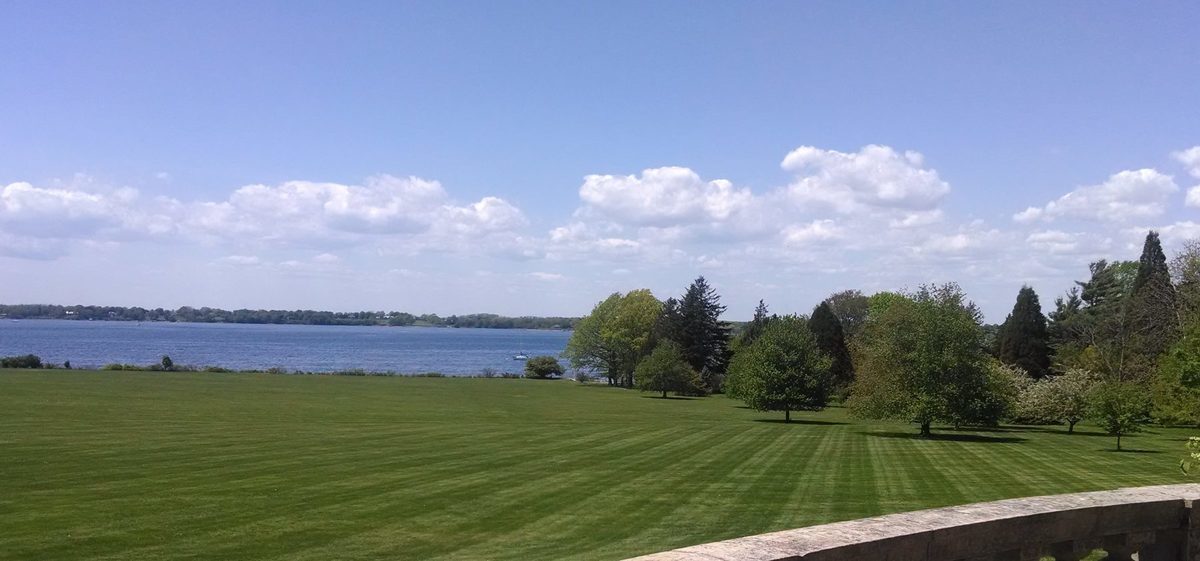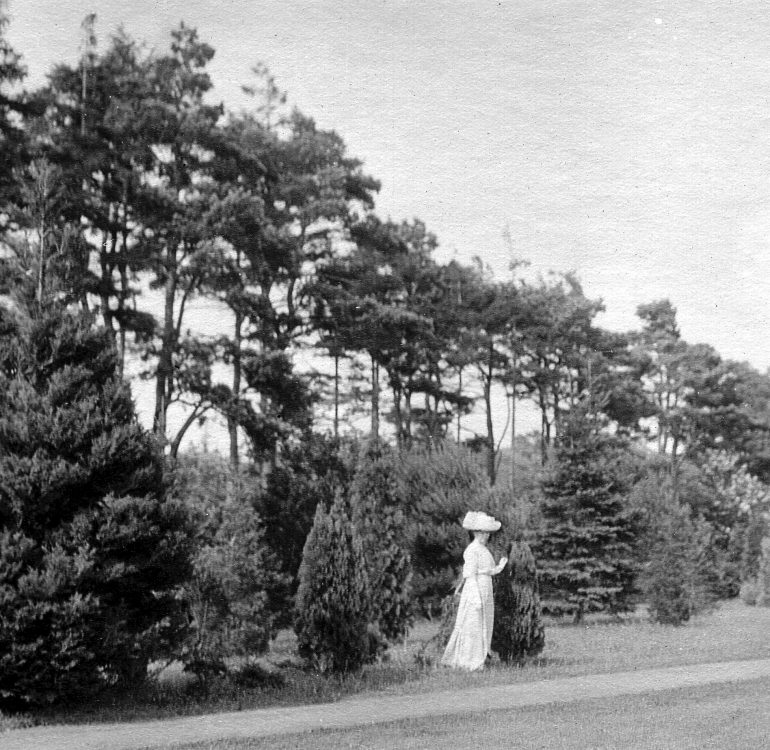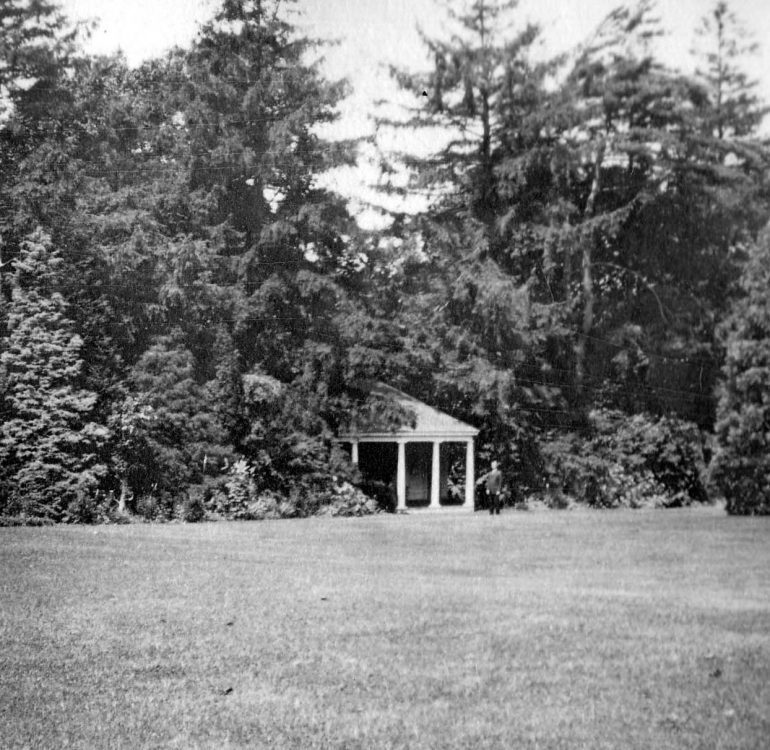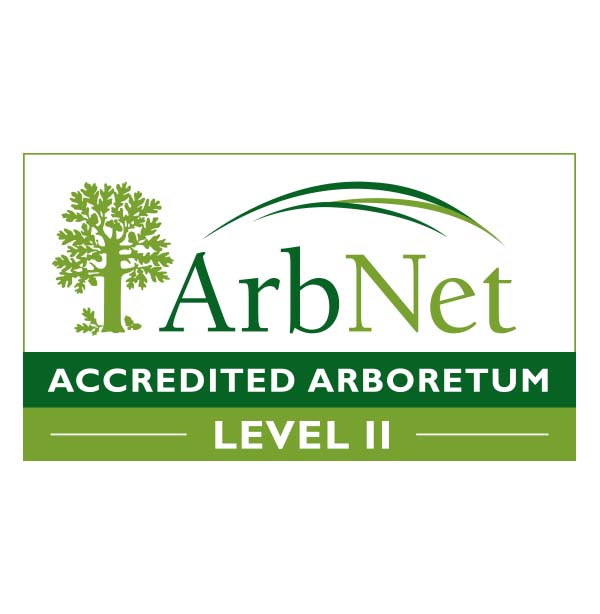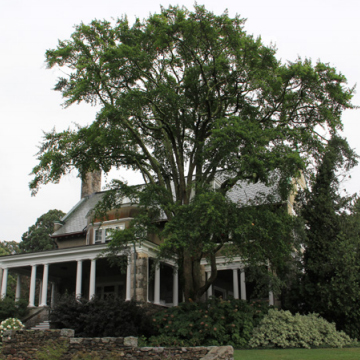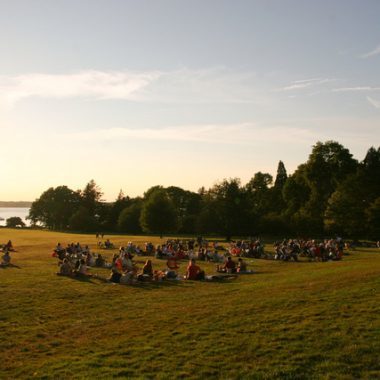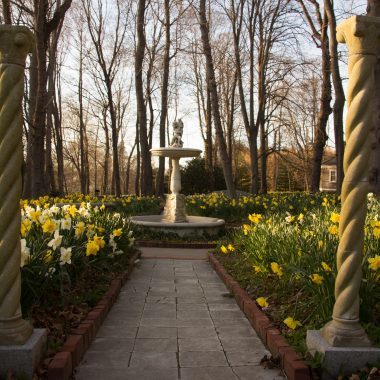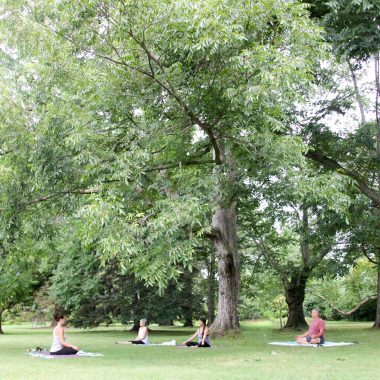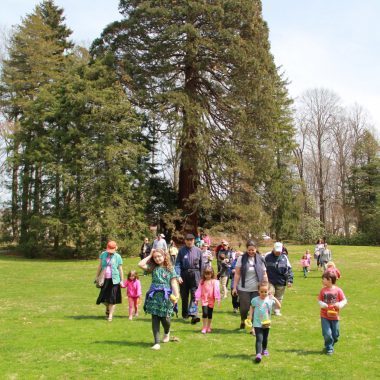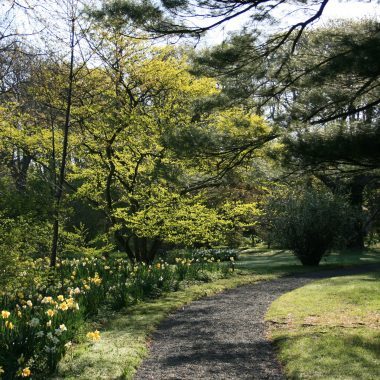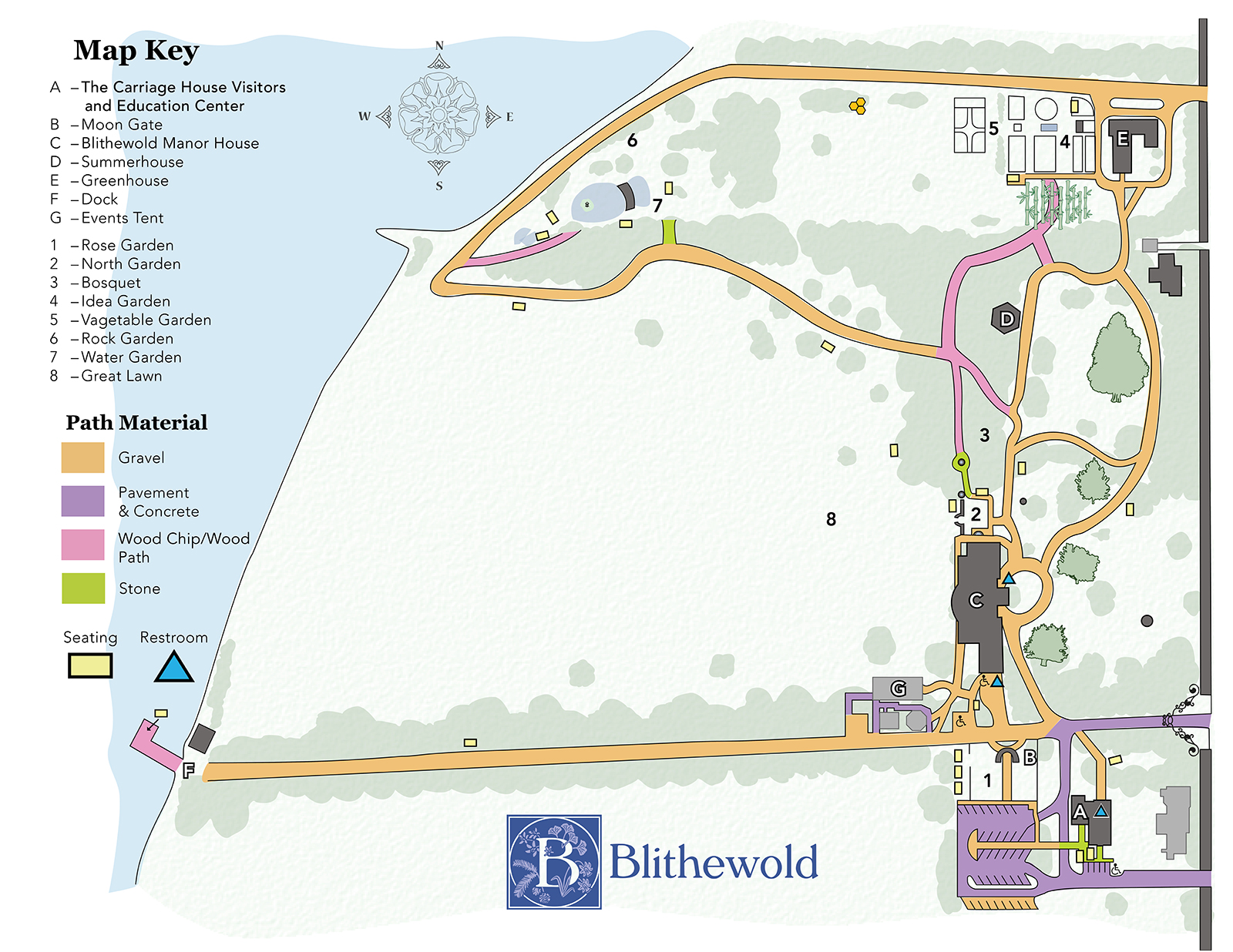The Arboretum History
Blithewold's trees have attracted attention throughout its history. From the mid to late 1800s, former owner, John Gardner planted many of the exotic trees that so excited the visitors from the Arnold Arboretum in 1926. Today the maturity of the collection, as a whole, is one of the character-defining features of the property, and it continues to draw visitors including botanists, garden groups and home gardeners looking for ideas and inspiration.
We are fortunate to have landscape architect John DeWolf's handwritten notes from 1895 containing his original vision for the property. He designed an informal landscape of gently sloping lawns with wide borders of flowers, trees and shrubs. Gravel paths meandered through the grounds to each distinct garden area. DeWolf laid out the Bosquet, planted a Nut Grove and designed an extensive Shrub Walk from the Bosquet to the Bay.
We are fortunate to have landscape architect John DeWolf's handwritten notes from 1895 containing his original vision for the property. He designed an informal landscape of gently sloping lawns with wide borders of flowers, trees and shrubs. Gravel paths meandered through the grounds to each distinct garden area. DeWolf laid out the Bosquet, planted a Nut Grove and designed an extensive Shrub Walk from the Bosquet to the Bay.

